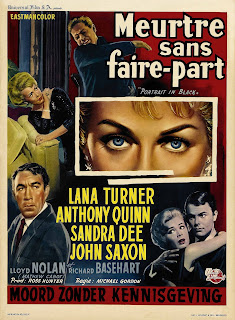In this decently cast WWII actioner, Pat O’Brien is the pugnacious officer who starts a high-altitude precision bombing squad over the objections of ‘old school’ pilot Randolph Scott who’d rather go in for the ‘kill.’ Eddie Albert & Robert Ryan, in early credits, are already stand-outs among the trainees who get put thru the paces along with the usual service life squabbles: a cute gal with three beaux, dangerous training runs, drop-outs, quick romances and sing-a-long camaraderie. It’s all laid on pretty thick in the morale-boosting spirit of the times, but halfway in Pearl Harbor gets bombed and things toughen up considerably. Guys screw up, or chicken out & get sent down; characters die in training or come thru in the clutch, and not always whom you expect. Most of the big set pieces come off, and there’s a wallapalooza of a Japan bomb run for a finale.* Many of the effects remain startling effective and even when you can see the visual trickery there’s delight in the playful sleight-of-hand use of model planes & such. Richard Wallace megs, but it's likely effects whiz Vernon Walker who made the final sequence pop, along with ace editor/future helmer Robert Wise. Both these guys had worked with Orson Welles to pull off CITIZEN KANE/’41, and Walker is also probably the fellow who famously put that tiny lightbulb inside the glass of ‘poisoned’ milk Cary Grant gives Joan Fontaine in Hitchcock’s SUSPICION/’41.
SCREWY THOUGHT OF THE DAY: The set pieces are impressive, but the best F/X may be a throwaway gag for Barton MacLane who ‘takes out’ an animated moth by expectorating a gob of animated tobacco juice.
DOUBLE-BILL: *For a more realistic contemporary look at the first bomb run over Japan, with an all-star cast & a plusher budget, try THIRTY SECONDS OVER TOKYO/’44.




















